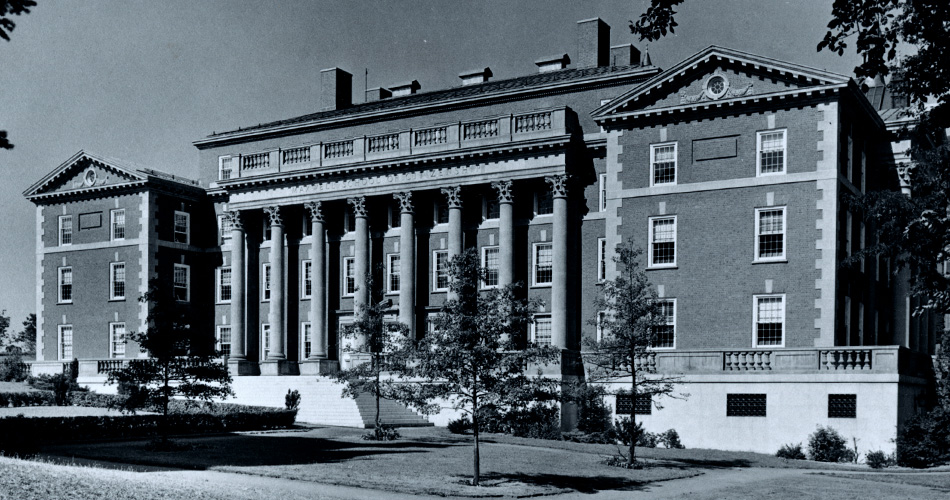Designing a Working Space for an Art Icon: A Conversation between El Anatsui and Tony Asare
Virtual
Add to: Outlook, ICal, Google Calendar
Moynihan Institute of Global Affairs
Maxwell African Scholars Union presents
Designing a Working Space for an Art Icon: A Conversation between El Anatsui and Tony Asare
The conversation will be moderated by Yutaka Sho, Associate Professor, School of Architecture, Syracuse University
Tony Asare is the director of the architecture firm Tekton Consult in Accra, Ghana. He has practiced in Ghana, Senegal, Gambia and other African countries for over 24 years. He was trained at the School of Architecture in Kwame Nkrumah University of Science and Technology in Kumasi, Ghana, and Urban Planning and Infrastructure Management from Human Settlement Management Institute (HUDCO) in Delhi, India. Tony was the winner of the Affordable Housing competition while he was still a student; Social Housing for slum upgrading in Amui-Dzor, Ashaiman; and the Conservation and Restoration of Historical Homes for the Elmina Cultural Heritage and Management Programme, together with Urban Solutions. Tony designed the mascot of the Under 20 Soccer Tournament held in Ghana in 1999. Tony writes a blog gongnbeater.com about infrastructure and planning issues in Ghana.
El Anatsui
El Anatsui, a Ghanaian artist living and working in Nigeria, is best known for his sculpture made with typically discarded materials such as thousands of folded and crumpled pieces of aluminum bottle caps sourced from local alcohol recycling stations and bound together with copper wire. His use of these materials reflects his interest in reuse, transformation, and an intrinsic desire to connect to his continent, Africa, while transcending the limitations of place. His work can interrogate the history of colonialism and draw connections between consumption, waste, and the environment, but at the core is his unique formal language that distinguishes his practice. His work has been shown at some of the most prestigious art collections in the world including The Metropolitan Museum of Art, NY; The Museum of Modern Art, NY; National Museum of African Art, Smithsonian Institution, Washington DC; The British Museum; and the Vatican Museum.
Co-sponsored by the School of Architecture and the College of Visual and Performing Arts
For more information or to request accommodation arrangements, please contact Havva Karakas Keles, hkarakas@syr.edu.
Open to
Public
Contact
Accessibility
Contact to request accommodations

We’re Turning 100!
To mark our centennial in the fall of 2024, the Maxwell School will hold special events and engagement opportunities to celebrate the many ways—across disciplines and borders—our community ever strives to, as the Oath says, “transmit this city not only not less, but greater, better and more beautiful than it was transmitted to us.”
Throughout the year leading up to the centennial, engagement opportunities will be held for our diverse, highly accomplished community that now boasts more than 38,500 alumni across the globe.